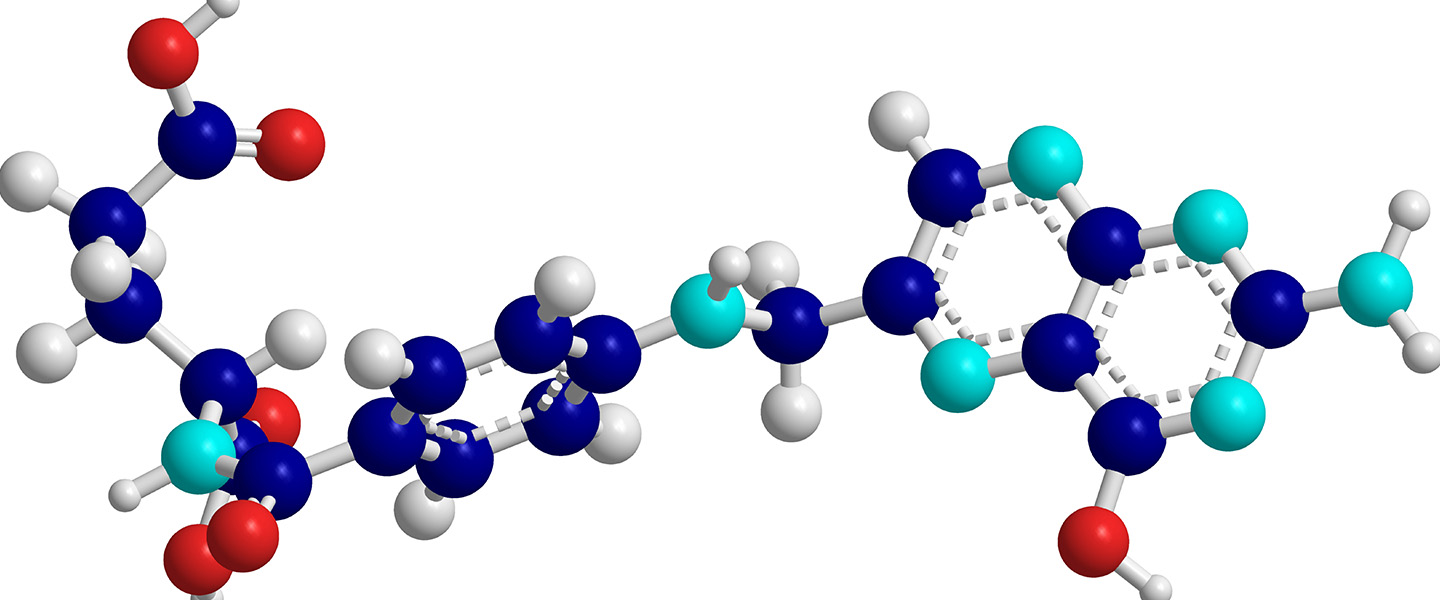Study of One Psychedelic Drug Suggests How It Might be Modified to Eliminate Psychedelic Effects While Retaining Therapeutic Ones
Study of One Psychedelic Drug Suggests How It Might be Modified to Eliminate Psychedelic Effects While Retaining Therapeutic Ones

Among those studying psychedelic drugs to treat psychiatric illnesses, there is new research exploring the possibility that structurally modified versions of these agents may reduce or eliminate their powerful mind-altering psychedelic effects while preserving some or all of their potential therapeutic effects.
Reporting in the journal Nature, a team co-led by Daniel Wacker, Ph.D., of the Icahn School of Medicine at Mount Sinai, and Dalibor Sames, Ph.D., of Columbia University, used a powerful kind of microscopy called cryogenic election microscopy (cryo-EM) in concert with medicinal chemistry and experiments in living mice to study with great precision at the level of molecules and individual atoms how various psychedelics and approved drugs interact with two kinds of cellular receptors for serotonin.
Lyonna F. Parise, Ph.D., a 2022 BBRF Young Investigator, and Scott J. Russo, Ph.D., a 2008 and 2006 BBRF Young Investigator, were members of the research team.
Serotonin is a neurotransmitter that is ubiquitous in the brain. It engages with individual cells at a variety of receptors, some located on the surface of cells, others within them. The “family” of serotonin-specific receptors includes types 1A and 2A, which were the focus of the new study. The serotonin 2A receptor is an important receptor for excitatory neurons in the brain, and also happens to be the primary target for several psychedelic drugs, including LSD and psilocybin (the active ingredient in “magic mushrooms”). Those drugs are called “agonists” of the 2A serotonin receptor—they bind to it and activate intracellular signaling.
It is widely believed that LSD, psilocybin, and other psychedelics called tryptamine hallucinogens exert both their hallucinogenic and therapeutic effects when they bind at the serotonin 2A receptor. But those and some other psychedelic compounds also engage with a variety of other receptors, including the serotonin 1A receptor. One such psychedelic is 5-MeO-DMT (sometimes called “five methoxy,” “bufo,” or “toad venom”), a toxin found in the glands of a toad found along the Colorado River. It’s very similar to the powerful psychedelic DMT (the active ingredient in ayahuasca), and like it and others, is being considered for possible use in certain psychiatric conditions. A small study conducted recently in Mexico with U.S. Special Forces Veterans tested 5-MeO-DMT in concert with the psychedelic ibogaine for relief of acute PTSD and depression. Both are Schedule I substances banned for human use in the U.S.
As noted by the researchers, the type 1A serotonin receptor is a validated target of several FDA-approved drugs, including anti-anxiety and anti-depressant agents (buspirone and vilazodone). Yet, they say, “little is known about how psychedelics engage it, and which of their effects are mediated by this receptor.” Hence, their study, which sought to perform a detailed structural and functional exploration of the mechanisms through which several “classical” tryptamine psychedelics as well as 5-MeO-DMT and several prescription drugs bind to and activate the 1A serotonin receptor at the molecular and atomic levels.
In a mouse model of depression, they also tested a compound different but structurally analogous to 5-MeO-DMT that selectively targets the 1A serotonin receptor. One of the implicit questions they sought to shed light on was whether a drug targeting the 1A receptor alone, i.e., that did not engage the 2A receptor, might still generate psychedelic effects, and whether it would still generate therapeutic effects (lowering anxiety and depression) ascribed to some psychedelics that bind primarily at the 2A receptor.
Because the serotonin 2A receptor “is responsible for the visual and other sensory disturbances elicited by classical psychedelics, it is typically assumed that these receptors also mediate therapeutic effects.”
But, says the team, “there is currently no clinical evidence to support this hypothesis,” while evidence generated in animal studies “is mixed.”
The team tested the 5-MeO-DMT analogue compound in mice subjected to a kind of chronic stress called “social defeat,” which leads the animals to avoid social interaction and to cease caring about seeking treats (analogous to anhedonia in people). The compound, which other experiments showed was a highly selective agonist of the serotonin type 1A receptor, “rescued” these deficits, the team reported, a finding with “potential implications for the therapeutic effects” of 5-MeO- class compounds in treating human psychiatric illnesses perhaps including depression, anxiety, and PTSD.
Other parts of the study generated data supporting the idea that both the 1A and 2A serotonin receptors are involved in stress-coping mechanisms on both a psychological and cellular level; the role of the 1A receptor in stress resilience; and previously reported antidepressant effect of drugs that specifically target the 1A receptor in animals.
There was also preliminary evidence that the 5-MeO-DMT-analogue targeting the 1A receptor that was tested in mice “lacked the preclinical indications of classical psychedelic effects [the “head-twitch response” is one such sign in rodents], which suggests that some of these compounds may not be hallucinogenic while retaining therapeutic effects.”
The team described how the configuration of tiny three-dimensional spaces in receptors called subpockets—highly specific to type 1A vs. 2A serotonin receptors—"determine both the potency and efficacy” of tryptamine hallucinogens at both receptors. This, they said, “provides a structure-guided framework that enables the development” of tryptamine psychedelic analogues “with finely tuned pharmacological activities and varying degrees of selectivity” for 1A and 2A serotonin receptor binding. Synthesizing and testing such compounds will be the subject of future studies.
Importantly, the team also suggested that FDA-approved medicines buspirone, vilazodone, and the antipsychotic aripiprazole, all of which target the type 1A receptor, engage with it differently than 5-MeO-DMT, generating signaling that is distinct from that produced when the psychedelic docks at the receptor to generate signaling outputs. These differences, as well as engagement of other receptor targets, probably accounts for the different effects of these medicines compared with the 5-MeO-DMT analogue tested in the socially defeated mice, the researchers said.




